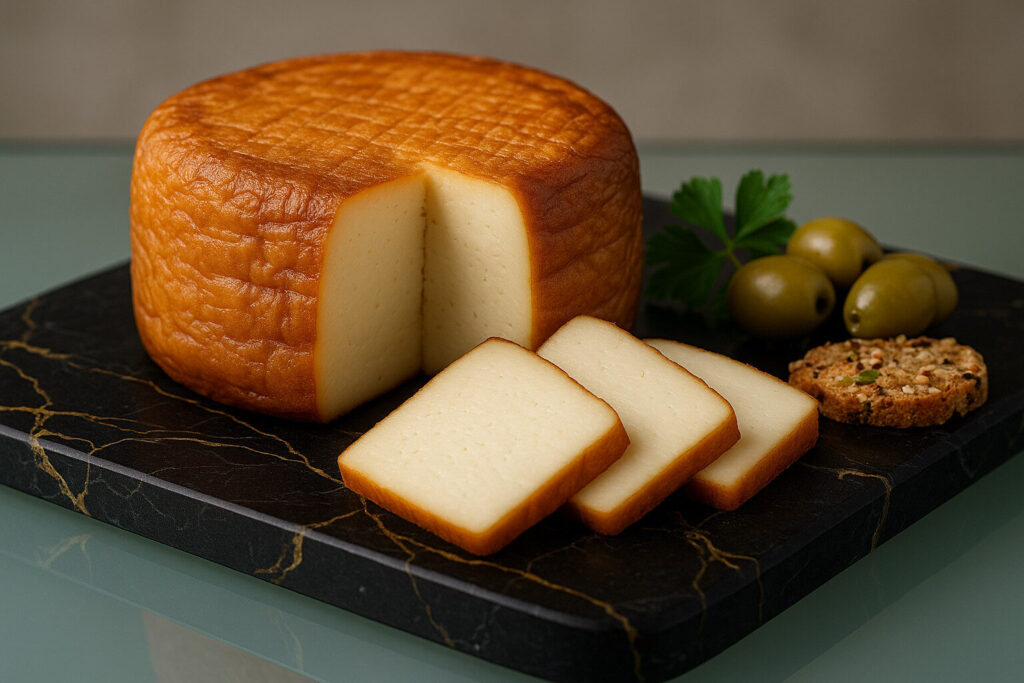Chili Cheese
Definition and Scope
Chili cheese is a category of flavored cheeses that incorporate chili peppers or chili-derived ingredients directly into the cheese matrix. This style is defined by the intentional addition of heat and spice, distinguishing it from plain cheese varieties. The scope includes cheeses where chilies are mixed into the curds before pressing or applied as a coating.
These cheeses can be made from various base cheeses, such as Cheddar, Gouda, or Monterey Jack. The chili components range from fresh chopped peppers to dried flakes, powders, or even infused oils. This category is popular in culinary traditions that favor bold, piquant flavors in dairy products.
Production Process
Producers introduce chili ingredients during the cheese-making process, typically at the milling or stirring stage before the curds are hooped. This ensures an even distribution of flavor and heat throughout the final cheese. The type and preparation of chilies significantly impact the final product’s characteristics.
Some methods involve coating the exterior of a cheese wheel with chili flakes, creating a rind that infuses the paste over time. The base cheese’s moisture content and aging period are carefully considered to balance with the chili’s intensity. Proper handling is crucial to maintain food safety and consistent quality.
Sensory Profile
Chili cheese presents a distinct combination of creamy, fatty notes from the dairy base with the pungent, spicy kick of chilies. The heat level can vary from mild and smoky to intensely fiery, depending on the pepper varieties used. Texture ranges from semi-soft to hard, influenced by the base cheese’s aging.
Flavor complexity arises from the interplay between the cheese’s inherent saltiness, acidity, and umami with the chili’s capsaicin-induced heat. Aromas often include roasted pepper, earthy tones, and the milky scent of the cheese itself. The aftertaste typically lingers with a warm, peppery sensation.
Culinary Uses
This cheese is frequently used as a table cheese for snacking or as part of a cheese board, providing a spicy contrast to milder varieties. It melts well, making it suitable for dishes like quesadillas, burgers, and spicy grilled cheese sandwiches. The cheese’s inherent flavor reduces the need for additional seasonings in many recipes.
Chili cheese is also grated over Tex-Mex dishes such as nachos, tacos, and enchiladas to add both richness and heat. It can be incorporated into dips, sauces, and stuffed peppers where its spicy character enhances the overall dish. Creative applications include blending into compound butters or bread doughs.
Regional Examples
In the United States, Pepper Jack cheese is a prominent example, originating from Monterey Jack infused with jalapeño and other peppers. This style became popular in California and spread nationwide as a versatile melting cheese. Its moderate heat level makes it widely accessible.
The Netherlands produces certain Gouda varieties with added chilies, often labeled as “Pikante Gouda.” Mexican cuisine utilizes Queso con Chile, a fresh cheese mixed with serrano or habanero peppers. These regional variations highlight how local pepper preferences influence cheese production.

